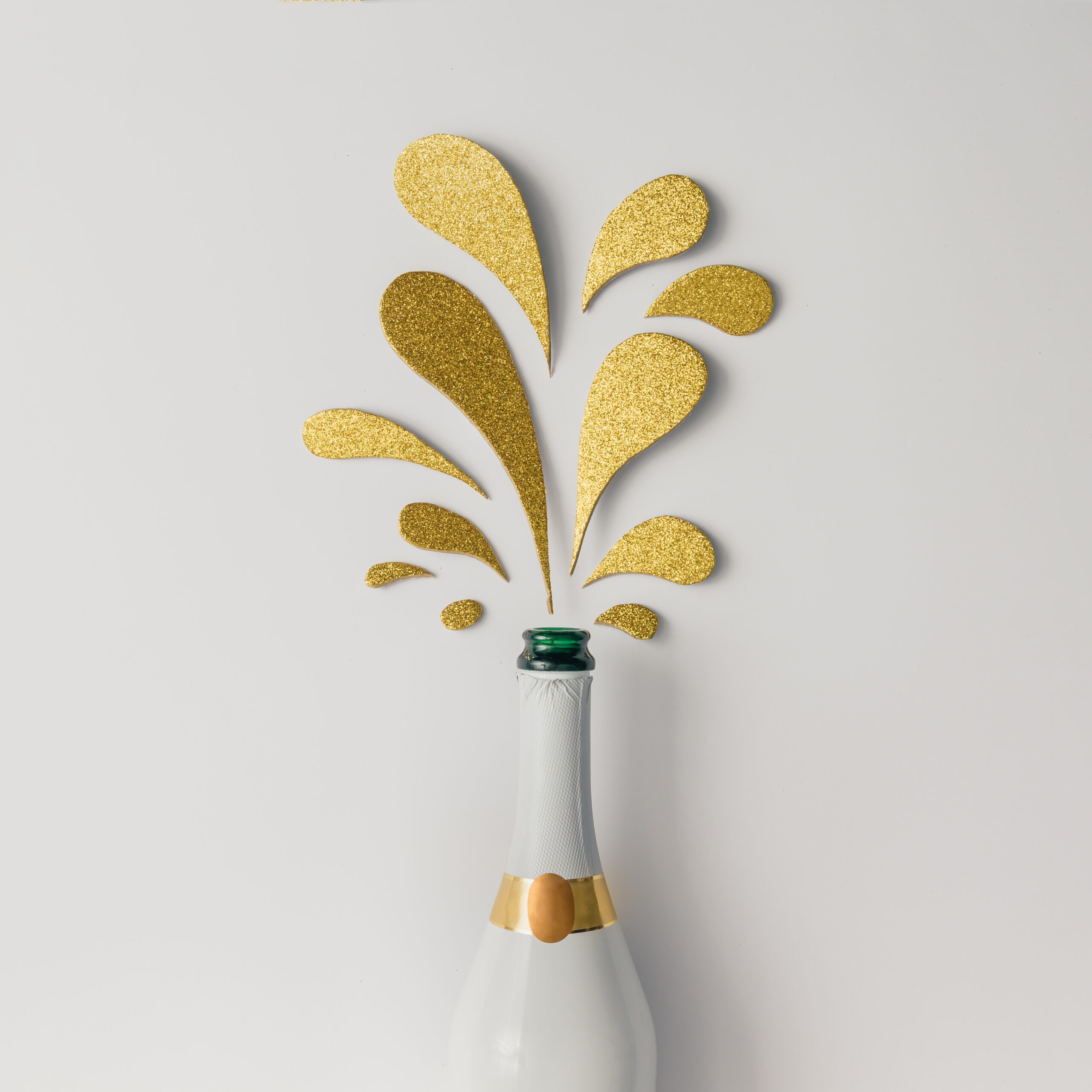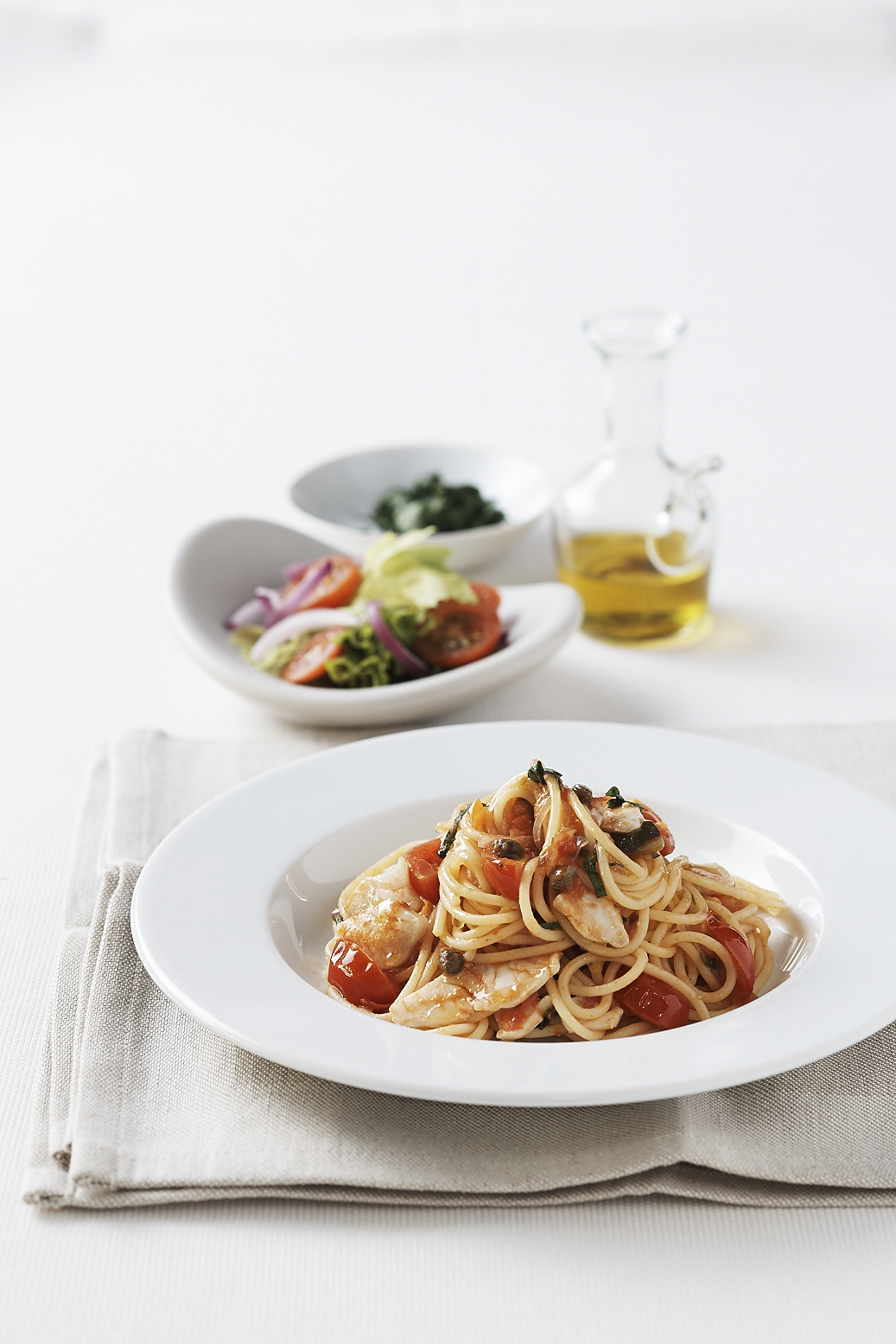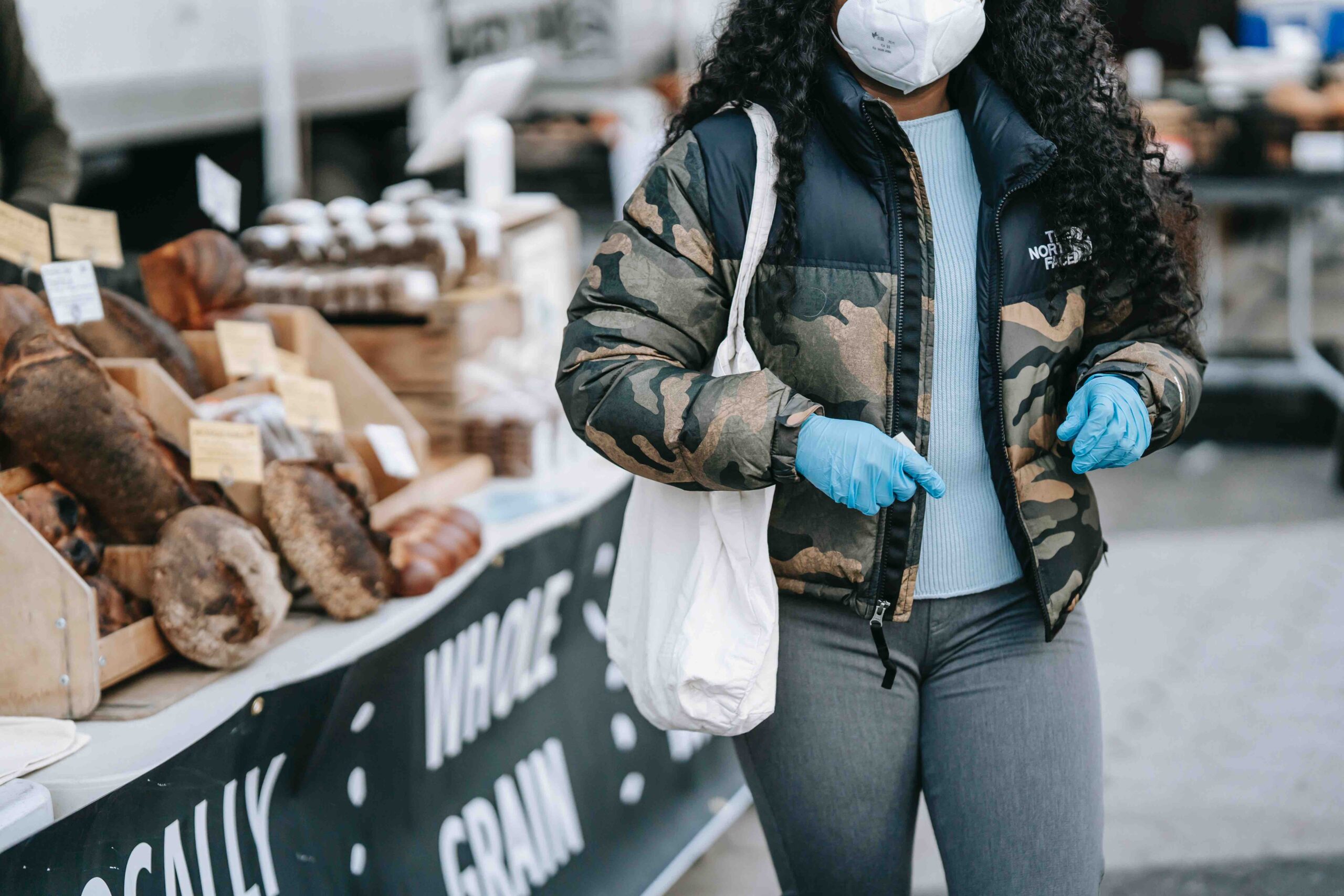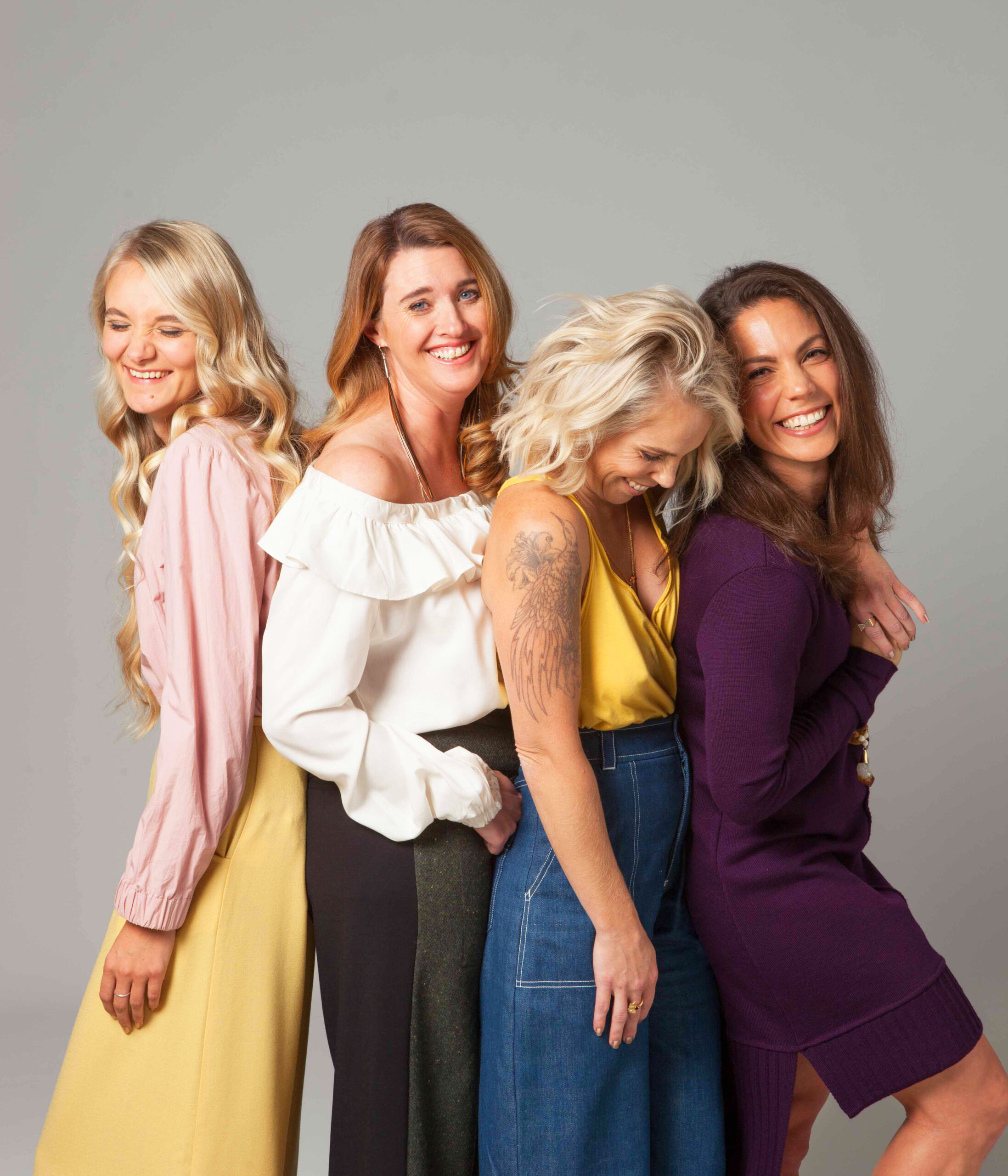The truth about ‘low’ and ‘no-sugar’ champagne.
Words Steph McGregor
Low-calorie, low-sugar, skinny champagne. “Is it a real thing?” was a friend’s eager question. Technically yes, but such flippant labels aren’t quite the real story.
Referred to variously as Extra Brut (for low), Non-Dose, Brut Zero or Brut Nature (for zero), in truth this champagne style has its origins in grower-producer creativity, experimentation and pride in how the Champagne region’s climate, soils and terrain can shape the taste of a champagne.
What exactly is Brut Zero or Non-Dose?
Let’s start with the dosage, or, ‘liqueur de dosage’ or ‘liqueur d’expedition’ in French. This magic liquid, a mix of wine and cane or beet sugar, or a concentrated sweet grape syrup called MCR, is added to replace liquid lost in the disgorging process (when the neck of the bottle is frozen to pop out and remove the dead yeast). Winemakers also use the dosage to tweak the final sweetness of the champagne. This added sugar, along with residual sugars in the bottle, determines the champagne’s sweetness category (see chart below).
How is it different?
Champagne Brut represents about 90 per cent of all champagne consumed. Brut Nature and Extra Brut is less than two per cent.
To gauge just how different the zero/low dosage might seem to the average person, I ran an (unscientific) experiment. Five fabulous women, one patient husband, four bottles of Brut and four bottles of Extra Brut or Brut Nature from the same producers.
We lined up, side-by-side, a glass of each producer’s Brut and its sibling low/no dosage style. I was silent on which was which and kept a diligent (albeit not so clear by the end!) tally of reactions. Pol Roger, Louis Roederer, Laurent-Perrier and Tarlant featured. Surprisingly, the overwhelming preference was for the Brut Nature/Extra Brut. Some loved the fresh, sharp fruitiness and the lack of sugary aftertaste. Others could imagine it being more adaptable with a wider food range.
Why are people bothering with it?
Liz Wheadon, general manager Glengarry Wines, has noticed customers showing more interest in drier champagne styles. “It’s driven by two things: lower sugar champagne has become fashionable, with more sommeliers talking with customers about the characteristics as a serious food pairing; and the Champagne region itself is undergoing changes in climate, the advance of grower producers and a new generation emerging who are exploring, applying international experience and experimentation.”

How long have people been making it?
In the mid 1800s Edmond de Ayala (the Ayala brand) bucked the convention for between 40g/l to 100g/l residual sugar when he took a champagne to the British market with only 22g/l residual sugar. Other major houses at the time, like Veuve Clicquot and Perrier Jouet also experimented and released comparatively drier styles. At the end of the 19th century, the widow and matriarch Mathilde Emilie Perrier, created the Laurent-Perrier brand and released Grand Vin sans Sucre, the first true zero-sugar champagne. Whilst production ceased in the early 20th century, Laurent-Perrier released a modern reinvention of the style in 1981.
However the modern story of Brut Nature pre-dates the Ultra Brut release. A key character in the re-surgence of grower-producers and lower dosage styles is Anselme Selosse. He came of age in the 1970s, during an era of more industrial agricultural practices and historically low quality fruit. Through studying he came to believe quality champagne required great fruit and great fruit required healthier soil, lower yields and fewer chemicals. When he took over his family’s vineyards in the villages of Avize, Cramant and Oger in 1980, he re-engineered the entire growing and production philosophy. Despite being viewed as a ‘heretic’ in the early days, his Champagne house, Jacques Selosse, has gone on to produce highly regarded Brut Nature champagne for three decades.
The Tarlants were another grower-producer family who influenced the modern emergence of Brut Nature, when in the early 1970s they released a non-dose champagne called Zero. Convinced of its quality and appeal, they shifted the majority of production to low and non-dose champagne. In interviews over the years the Tarlant family, now led by 12th generation Benoit and Melaine Tarlant, have expressed commitment to the style as one that best reflects the terrain. Their passion for minimal intervention extends into the use of wild yeasts and avoidance of synthetic sprays. Their labels are some of the most informative in the region, covering ingredients, dosage and disgorgement dates.
Leading by example and proof in quality products, these families and others have slowly advocated the case for change, and they’re influencing the next generation of winemakers.
To try or not to try?
Finding Brut Nature and Extra Brut champagne is pretty easy, with a good range available from Glengarry and other small fine wine boutiques in the major cities, but not supermarkets. Take a look – you just might find something marvellous.
As Dom Perignon apparently declared upon first tasting champagne “Come quickly, I am tasting the stars!”





